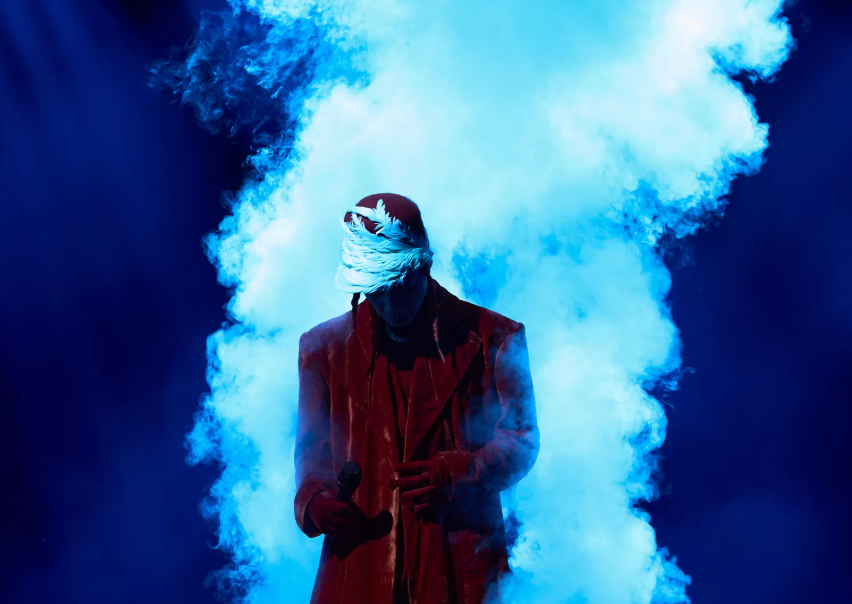How to create a stunning stage design?
Nov. 24, 2025
The key to creating a stunning stage design lies in meticulous planning and execution of the stage design, followed by prop production, set construction, lighting, sound, and other aspects.
First, let's understand what equipment a stage typically includes:
1. Stage Construction Equipment: Commonly used equipment includes truss frames, stages, carpets, exhibition stands, backdrops, arches, and carved lettering.
2. Stage Video Equipment: Stage video equipment includes LED screens, multimedia TVs, karaoke machines, tablets, projectors, projection screens, projection lifts, plasma video walls, etc.
3. Stage Audio Equipment: Audio equipment includes mixing consoles, amplifiers, speakers, line arrays, equalizers, effects processors, crossovers, compressors, laptops, wired microphones, wireless microphones, walkie-talkies, wireless lavalier microphones, microphone stands, etc.
4. Stage Lighting Equipment: Lighting equipment includes moving head lights, downlights, AC lights, profile spotlights, digital lighting controllers, computerized lighting consoles, and dimming consoles.
5. Stage Equipment
Stage effects include cold fireworks, dry ice machines, air columns, stage smoke machines, stage backdrops, bubble machines, firework machines, rainbow bubbles, snow machines, etc.

Finally, the key is execution.
Here are some key steps and techniques to ensure a stunning stage effect:
I. Stage Design
Stage design is the core of stage construction, including set design, lighting design, and sound design. Designers need to create a stage layout and effects that meet the requirements of the performance's theme and plot. This requires creativity and technical knowledge to ensure the stage layout and effects attract the audience's attention and enhance the performance's atmosphere.
II. Prop Production
Prop production is a crucial part of stage construction. Props must be made according to the designer's requirements and the performance's needs. The selection and production of props must consider factors such as material, color, and size, while paying attention to detail and quality to ensure the props enhance the stage effect.
III. Set Construction
Set construction is the most complex task in stage construction. It requires creating a set that meets the designer's requirements and the stage layout. The construction of the set requires consideration of factors such as materials, structure, and safety, while also emphasizing construction quality and schedule to ensure the set accurately reflects the design intent.
IV. Lighting and Sound
Lighting and sound effects are crucial for creating stage atmosphere and enhancing visual impact. By selecting appropriate lighting equipment, arranging and adjusting lighting effects, and choosing high-quality sound equipment, a stunning audiovisual experience can be created. Lighting and sound design needs to consider equipment selection, arrangement, and adjustment, while focusing on both effect and quality.
Stage lighting design is a vital part of event planning. Whether the lighting arrangements form a perfect whole with the stage design is one of the most important concerns for the execution team.
V. Color Usage
The use of color is also key in stage art design. The main color and background color should be harmoniously matched, and the colors should be simple and bright to create a strong visual impact. Through the combination and use of color, the aesthetics and expressiveness of the stage can be enhanced, leaving a lasting impression on the audience.
VI. Technological Innovation
With the development of technology, utilizing new technologies such as high-definition LED screens, projection technology, and lighting technology can create even more stunning visual effects. The application of these technologies not only enhances the visual effects of the stage but also strengthens the interactivity and engagement of the performance.
In conclusion, by carefully planning and executing the above steps, a stunning stage design for a knowledge competition can be created, thereby increasing the event's appeal and the audience's experience.
7
0
0


Comments
All Comments (0)